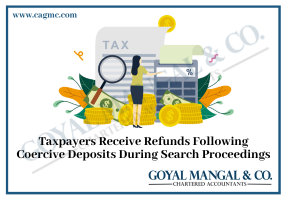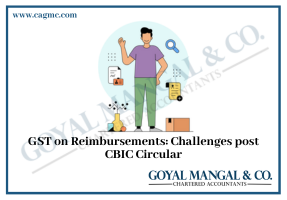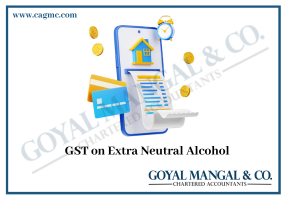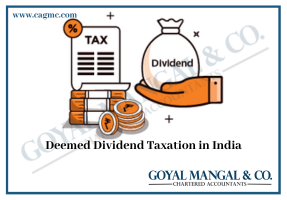Preliminary
The Insolvency and Bankruptcy Code, 2016 (IBC) is the bankruptcy law of India which seeks to consolidate the existing framework by creating a single law for insolvency and bankruptcy. The Insolvency and Bankruptcy Code, 2015 was introduced in Lok Sabha in December 2015.
The code come enforcement on 28th may 2016.
Insolvency and Bankruptcy Code, 2016 is applicable to whole India.
Insolvency term is used for both individuals and organizations. For individuals it is known as bankruptcy and for corporate it is called corporate insolvency.
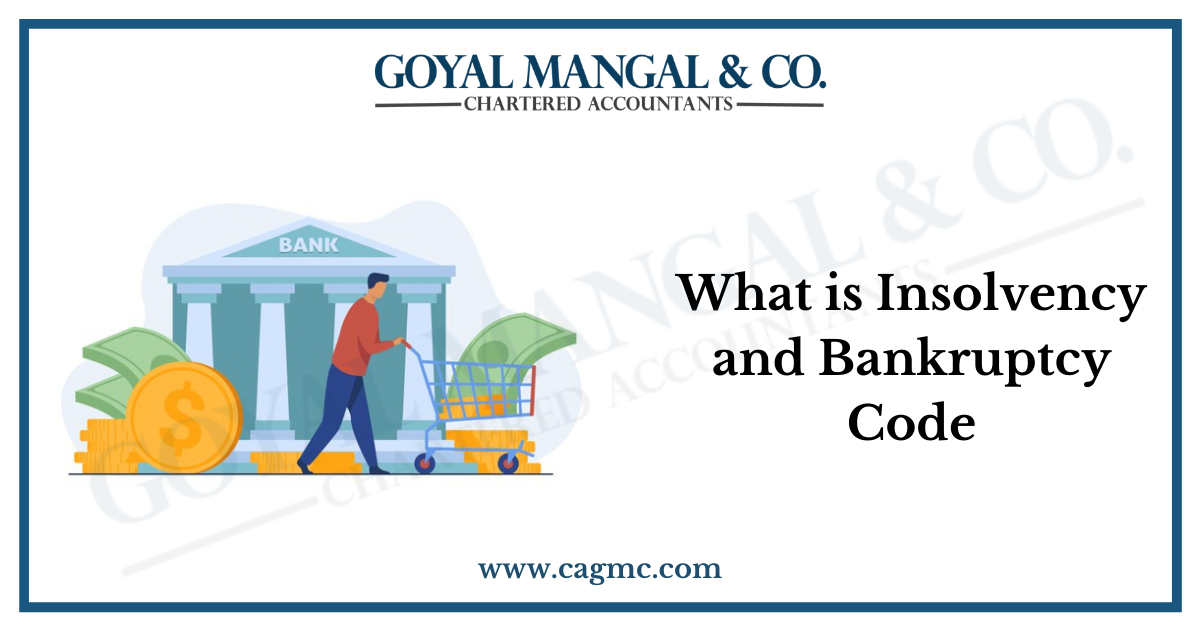
What does the term Insolvency and Bankruptcy means?
Insolvency is a situation which arises due to inability to pay off the debts due to insufficiency of assets. Insolvency is the state of being unable to pay the money owed, by a person or company, on time; those in a state of insolvency are said to be insolvent. There are two forms: cash-flow insolvency and balance-sheet insolvency.
Bankruptcy is a situation wherein application is made to an authority declaring insolvency and seeking to be declaring as bankruptcy, which will continue till discharge. Bankruptcy is a legal process through which people or other entities who cannot repay debts to creditors may seek relief from some or all of their debts. In most jurisdictions, bankruptcy is imposed by a court order, often initiated by the debtor.
Purpose of Insolvency and Bankruptcy Code, 2016 (IBC)
- To consolidate and amend the laws relating to reorganization and insolvency resolution of corporate persons, partnership firms and individuals.
- To fix time periods for execution of the law in a time bound manner.
- To maximize the value of assets of interested persons.
- To promote entrepreneurship.
- To increase availability of credit.
- To balance the interests of all the stakeholders including alteration in the order of priority of payment of Government dues.
- To establish an Insolvency and Bankruptcy Board of India as a regulatory body for insolvency and bankruptcy law.
The Code provides a low time resolution (180 days, extension by 90 days) and defines fixed time frames for insolvency resolution of companies and individuals. Further, for a speedier process there is provision for fast-track resolution of corporate insolvency within 90 days. If insolvency cannot be resolved, the assets of the borrowers may be sold to repay creditors.
Insolvency and Bankruptcy Board of India
The Code provides for establishment] of a Regulator who will oversee these entities and to perform legislative, executive and quasi-judicial functions with respect to the Insolvency Professionals, Insolvency Professional Agencies and Information Utilities. The Insolvency and Bankruptcy Board of India was establishedonOctober1, 2016.The head office of the Board is located at New Delhi.
Applicability of Insolvency and Bankruptcy Code, 2016 (IBC)
The provisions of the code shall apply for insolvency, liquidation, voluntary liquidation or bankruptcy of the following entities:
- Any companies registered under Companies Act 2013 or under any previous law.
- Any other company governed by any special act for the time being in force, except in so far as the said provision is inconsistent with the provision of such special Act.
- Any Limited liability partnership registered under LLP Act 2008.
- Any other body incorporated under any law for the time being in force, as the central government may notification specified in this behalf.
- Personal guarantors to corporate debtors;
- Partnership and proprietorship firm; and
- Individuals other than Personal guarantors to corporate debtors
Exception of applicability of Insolvency and Bankruptcy Code, 2016 (IBC)
Financial service providers are not covered under Insolvency and Bankruptcy Code, 2016 (IBC) like:
- Banks;
- Financial Institutions; and
- Insurance companies.
Corporate insolvency
A company is insolvent if its assets are insufficient to discharge its debts and liabilities. Often, an insolvent company: Is unable to pay its debts as they fall due (cash-flow insolvency). When a company goes into liquidation its assets are sold to repay creditors, the business closes down, and its name is removed from the register at Companies.
Insolvency of corporate persons deals with the insolvency of corporate bodies like a private limited company or limited company.
A company is declared insolvent if the company is inefficient to settle its debts to the creditors. There are two ways to evaluate the corporate insolvency:
- The cash-flow of the company currently or in the future, is unable to pay its debts when they fall due for payment.
- The balance sheet has the value of the company’s assets less than the number of its liabilities, taking into account future liabilities.
Corporate Insolvency Resolution Process (CIRP)
Corporate Insolvency Resolution Process is a recovery mechanism for creditors. If a corporate becomes insolvent, a financial creditor, an operational creditor, or the corporate itself may initiate CIRP.
After making an application then CIRP is initiated. CIRP is the process through which it is determined whether the person who has defaulted is capable of repayment or not (IRPs will evaluate the assets and liabilities to determine the repayment capability). If a person is not capable of repaying the debt the company is restructured or liquidated.
- Flow of Corporate Insolvency Process:
-
- Filing of application before NCLT.
- Adjudication: Admission or Rejection of application.
- Moratorium and Public Announcement.
- Appointment of Interim Resolution Professional.
- Formation of the Committee of Creditors
- Financial Creditor – Financial creditor refers to any person to whom a business debt is owned or a person to whom such amount is legally assigned or transmitted. Banks or other financial institutions are examples of financial creditors.
- Operational Creditor – Operational creditor refers to a person to whom an operational debt is owed and includes any person to whom such amount has been legally assigned or transferred for goods or services done by them. Vendors and suppliers, employees, government etc. are examples of operational creditors.
- Corporate debtor – A corporate debtor is a person who owes a debt to any person that means the corporate it self
Fast Track Insolvency Resolution Process
A fast track insolvency resolution, as the name suggests, is a process wherein the insolvency resolution process shall be completed in an expeditious manner i.e., with 90 (ninety) days from the insolvency commencement date. The provisions of the Insolvency and Bankruptcy Board of India (Insolvency Resolution Process for Corporate Persons) Regulations, 2016 shall, mutatis mutandis, apply to the conduct of a fast track corporate insolvency resolution process.
Who may apply? – An application under this category can be made by any corporate debtor falling under any of the below mentioned category:
- A corporate debtor with assets and income below a level as may be notified by the Central Government; or
- A corporate debtor with such class of creditors or such amount of debt as may be notified by the Central Government; or
- Such other category of corporate persons as may be notified by the Central Government.
Time period for completion of fast track corporate insolvency resolution process
The fast track corporate insolvency resolution process shall be completed within a period of ninety days from the insolvency commencement date.

